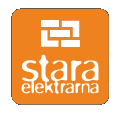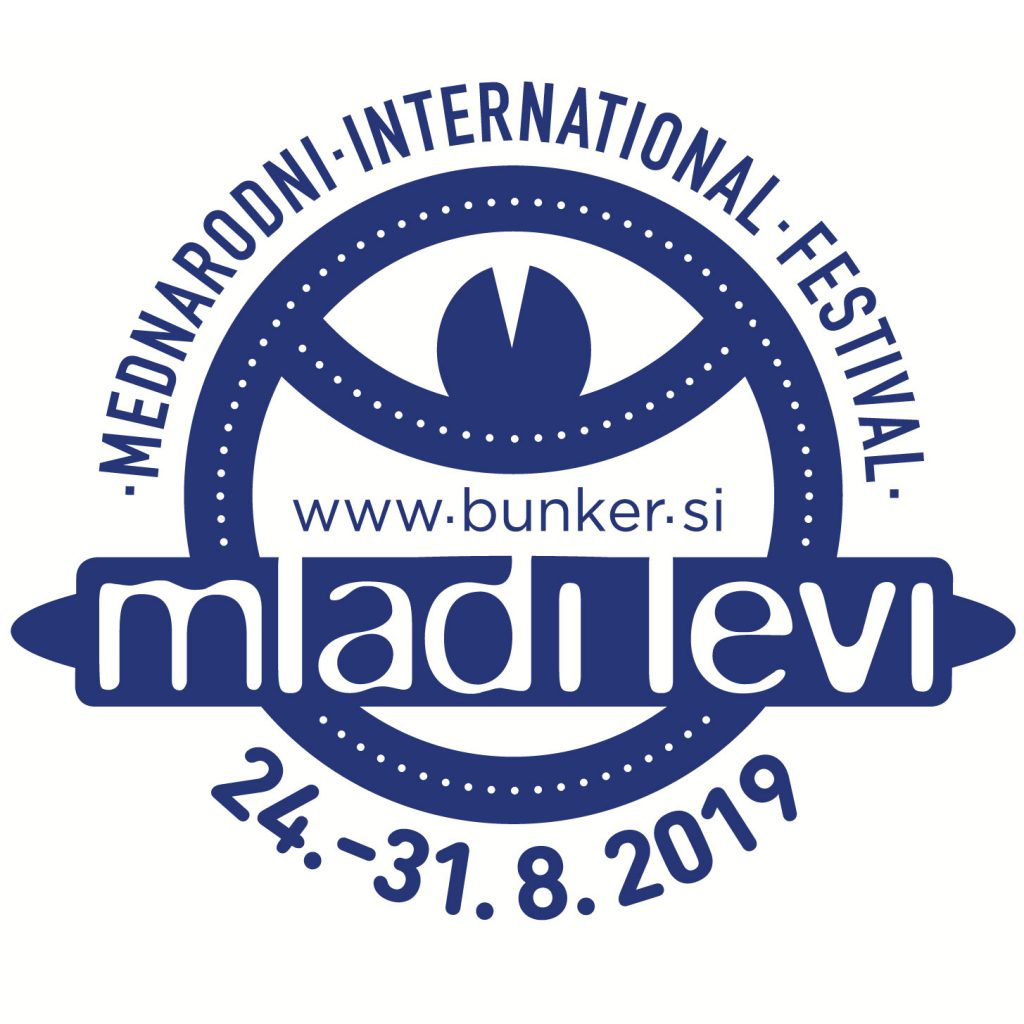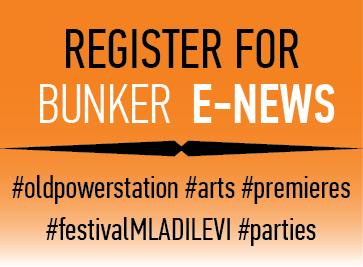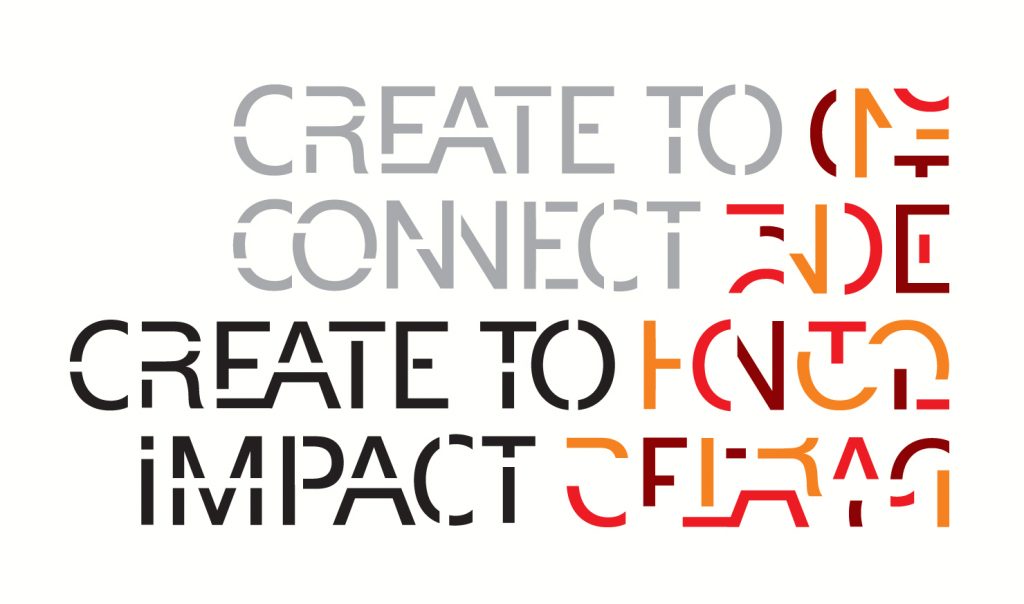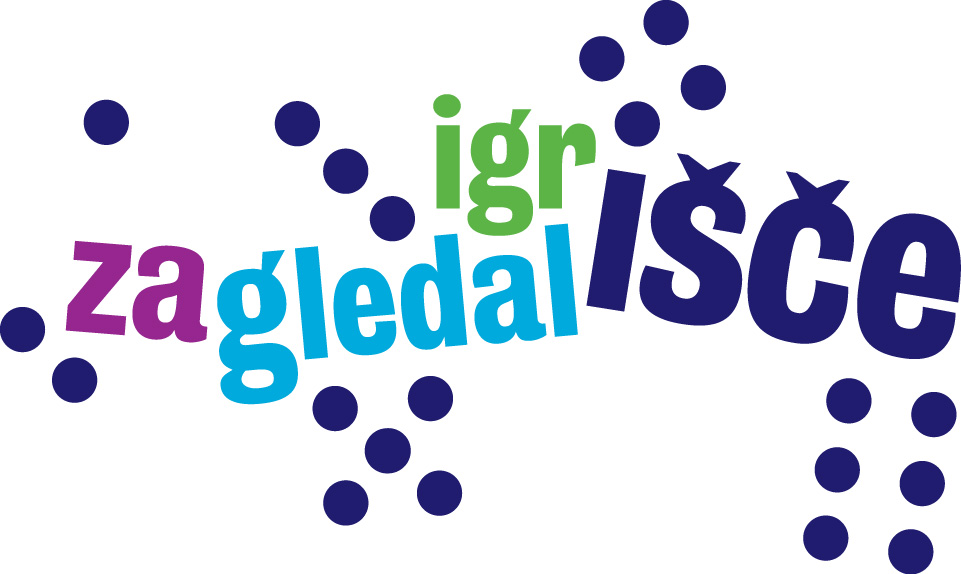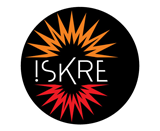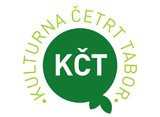Theatre Playground

The project entitled Theatre Playground seeks to bring contemporary theatre to schools all over Slovenia and engage participating students not only as consumers of art, but also as creative producers. The project aspires to establish art as an entity in its own right and thus posits artistic practice as an outstanding teaching instrument, liable to produce impressive results.
The last couple of years have seen Bunker invest its efforts in providing art & culture education within the school system and the inevitable realisation in the process was that this particular area of education is severely malnourished in terms of suitable human resources and lacks relevant contact with contemporary practices as far as its content and methodology go. The school system on one side and art on the other are two diametrically different entities and there’s no pre-existing model available to simply translate one into the other. Art education makes sense and produces relevant results only if it enables a direct encounter with a given work of art (i.e. contemporary and relevant artistic expression and its related context) and with its creators.
The essential aim of the project is therefore to offer employment to young artists and have them teach contemporary cultural and artistic contents in schools. More than 20 schools from the entire Slovenia are to take part in the project, each hosting young artists who are to contribute in compulsory elective contents (theatre clubs and dance in part), in Slovenian language class and in all the courses that adopt artistic approaches with otherwise non-artistic contents. Carried out in schools for the most part, this programme will be accompanied by an abundant offer of theatre performances with corresponding workshops, conversations and experiences of cultural tourism in Maribor and Ljubljana, the cities that schools will be invited to visit as part of their cultural content.
We intentionally decided to focus on the generation of older children (the last triad of elementary schools) and youngsters (secondary schools), while also inviting various vulnerable groups to participate (Youngsters Project Learning – PUM), since they are the less advantaged already when it comes to the general cultural offer, and on top of that require a special and far more subtle approach in communicating contents. The selection of schools is geographically diverse, thus increasing the access to artistic contents of high quality also in places with a less abundant artistic offer.
In its final instance, the project is about to devise a model of art & culture education in the area of theatre, based on the entrance of an artist into a space of formal education and his cooperation with a teacher. The model thus developed will represent a significant contribution to the discipline of theatre education with a diverse offer of well-established methods, specific contents and didactic tools, propelling general development of art & culture education in terms of its significance and provision of conditions required to achieve best possible effects; examples of good practices in applying these contents within other contexts and school subjects will also be provided. The model will produce a structured conceptual proposal of a systematic education for artists to teach in school contexts, which is to be developed and confirmed with a pedagogic – andragogic exam. The model will also include a proposal of training school teaching staff for the subject of art & culture education in order to ensure successful cooperation in its implementation.
And last but not least, as far as young creators and the participating artistic institutions are concerned, the project also represents an opportunity to encounter new audiences.
Participating artists:
- Ana Duša
- Andrej Jus
- Andreja Kopač
- Polona Janežič
- Nataša Živković
- Špela Frlic
Participating schools:
- OŠ Sava Kladnika Sevnica
- OŠ Raka
- OŠ Brežice
- OŠ Kostanjevica na Krki
- OŠ Podbočje
- OŠ Šentjernej
- OŠ Toneta Čufarja, Ljubljana
- OŠ Maksa Pečarja Črnuče, Ljubljana
- OŠ Kašelj
- OŠ borci za severno mejo, Maribor
- II. gimnazija Maribor
- Gimnazija Slovenj Gradec
- OŠ Frana Roša Celje
- OŠ dr. Franja Žgeča Dornava
- OŠ Prestranek
- PUM Radovljica
- PUM Novo mesto
- OŠ Lucija
- Gimnazija Koper
- OŠ Roje, Domžale

The operation is performed as part of the Operational Programme for Human Resources Development for the Period 2007-2013, the development priority 4: Equal opportunities and promoting social inclusion, with a prioritized focus on 4.3: Raising employment rate of the vulnerable populations in the domain of culture and for supporting their social inclusion.

